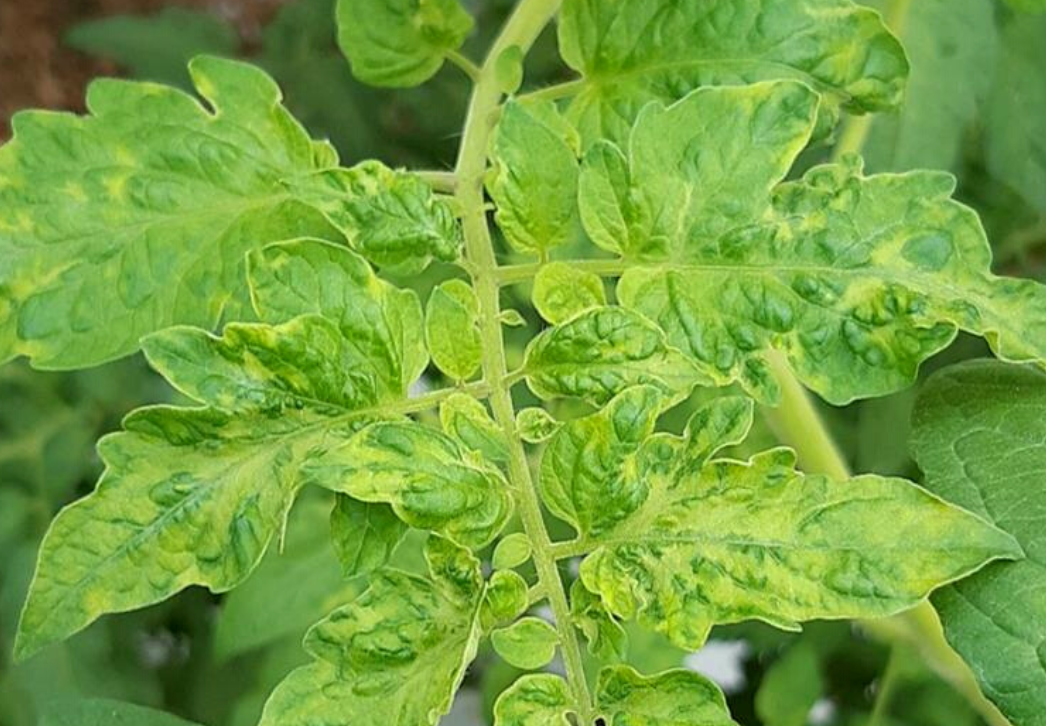|
|
Dry weather with warm temperatures persisted across Wisconsin during the week ending August 31. Isolated storms delivered light rain to parts of the state, but most areas received a few tenths of rain or less. Rainfall amounts were highest in far eastern Wisconsin where some locations netted 0.75-1.5 inches on August 24-25.
At the close of August, 82 percent of the state remains in moderate to exceptional (D1-D4) drought. This summer’s (D1-D4) drought peaked in July at 93 percent coverage, which is the most extensive coverage since July 2005. Reports of stressed crops, reduced yields, and supplemental feed needed due to poor pasture conditions are common across the extreme and severe drought areas.
With a high probability of above-normal temperatures and below-normal precipitation predicted for early September, drought conditions may worsen during the next few weeks.
__________________________________
|
|
Large late-season migration flights of corn earworm moths were registered for the second week in a row. DATCP’s pheromone trapping network captured 5,018 moths in 12 traps August 25 to 31, for a cumulative total of 6,956 moths to date. Counts in Columbia, Dodge, and Fond du Lac counties were particularly high this week at 650-1,711 moths per trap.
The recent surge in corn earworm moth activity signals that the threat to fresh market and processing sweet corn has increased and that egg laying is likely in fields where green silks are available for oviposition. Sweet corn growers are encouraged to continue monitoring fields and following DATCP’s corn earworm migration reports through mid-September. |
|
 __________________________________
|
|
Another season of orchard insect reporting has ended, with significant apple maggot and codling moth activity still occurring at some cooperating sites. Although it is not necessary to send in insect counts after August 31, apple growers can expect lingering pest pressure throughout harvest and are advised to maintain traps until late September.
Despite unfavorably dry conditions throughout much of Wisconsin this season, apple maggot pressure has been very high. Flies have been abundant on traps even in orchards that do not typically have large apple maggot catches. The external depressions and brown, internal larval tunnels resulting from this pest are now appearing on infested fruits. Continued monitoring of red sphere traps for at least two more weeks is suggested since the flies are still active and could cause problems in late cultivars.
Similarly, high codling moth counts were also registered in a few orchard locations in the past week (August 25-31). The cooperators in Racine and Oneida counties reported very large captures of 20 and 67 moths per trap, respectively. The codling moths now flying will produce more larvae throughout the month, which could pose a threat to Honeycrisp and other late season varieties. Orchards that have recorded large summer-generation moth flights are advised to continue trap checks since counts in August and September can be an indicator of spring moth pressure and damage potential by the first generation of larvae next June.
The Pest Survey Program wishes to thank our dedicated network of apple growers and all of our cooperators for their reliable weekly reporting again this season. Data supplied through their efforts is vital to integrated pest management programs and contributes to reduced damage and pesticide use. End-of-season summaries of the 2023 insect counts will be posted on DATCP’s various pest monitoring pages later this month. |
|
 __________________________________
|
|
Western bean cutworm moth flights have subsided at all pheromone trap monitoring locations. The 2023 state total count is 9,309 moths in 42 traps (222 per trap average), a considerable increase from the 4,804 moths in 36 traps (133 per trap average) collected last year and the highest state average count since western bean cutworm trapping surveys began in 2005. The highest individual count for the season was 850 moths near Princeton in Green Lake County, while nearly half of the sites recorded cumulative counts above 200 moths per trap for the season.
This summer's large moth emergence has likely produced heavy localized larval populations in the central and western areas of the state with a history of higher western bean cutworm pressure. Surveys in field corn in the past week found large, full-grown larvae in ear tips at 25% of the sites sampled—indicating infestations are common. Most larvae resulting from the flight are in the late development stages and should transition to the pre-pupal overwintering stage by early September.
For regional western bean flight data extending across the northeastern U.S. and adjacent Canadian provinces, please see the Great Lakes and Maritimes Pest Monitoring Network (select WBC tab). |
|
 __________________________________
|
|
|
DATCP plant pathologists conducted a survey for tomato brown rugose fruit virus (ToBRFV) in 10 Dane County community gardens this summer. The virus is a serious pathogen threat to commercial tomato and pepper production. First discovered in 2014 in Israel, ToBRFV has since been detected in Canada, China, Egypt, France, Greece, Italy, Jordan, Mexico, the Netherlands, Palestine, Spain, Turkey, the United Kingdom, and the United States.
Tomato brown rugose fruit virus is a member of the Tobamovirus group, which includes tobacco mosaic virus, tomato mosaic virus, and pepper mild mottle virus. Like other Tobamoviruses, ToBRFV is readily transmitted through plant sap, contaminated tools, clothing, seeds, and soil. Its transmissibility and stable nature make this a significant virus of concern to commercial tomato and pepper growers.
Symptoms of ToBRFV on tomato and pepper include leaf mottling, mosaic, and chlorosis, and fruit discoloration, deformation, necrosis, and rugosity. The 2023 survey found no cases of ToBRFV at any of the community gardens visited, but gardeners and growers should remain alert for symptoms listed above as harvest and garden clean-up continues. Tomato or pepper plants suspected of being infected may be submitted to the UW-Madison Plant Disease Diagnostics Clinic for testing.
  Foliar symptoms of ToBRFV | Salvatore Davino EPPO
|
|
 __________________________________
|
|
|
|
|